The shoulder is complex but critical joint to our mobility, but Panorama Orthopedics & Spine Center can help you find the right doctors and care providers to treat your problem – the first time. Our shoulder team brings together specialists who are experienced in shoulder and elbow care — from sports medicine and shoulder surgeons to physical therapists, return-to-sport athletic trainers and highly specialized orthopedic imaging technologists. Together we specifically serve patients with shoulder or elbow injuries, pain, or arthritis.
Shoulder Conditions & Injuries
Our goal at Panorama is to work with you to identify the condition or injury in your shoulder, so we can help you feel better and do more as quickly as possible.
Rotator Cuff Tear
Shoulder Dislocation & Instability
(Labral Tear)
Shoulder Impingement
Arthritis
Biceps Tendonitis at Shoulder
Adhesive Capsulitis
(Frozen Shoulder)

Shoulder Non-Surgical Services
Shoulder pain and stiffness can be caused by a variety of conditions – shoulder arthritis, soft tissue damage, or a rotator cuff injury. Not every shoulder injury needs surgery. In fact, with our comprehensive team of shoulder experts, including PAs, NPs, and orthopedic surgeons, we have the resources needed to give you the best chance of getting better without surgery.
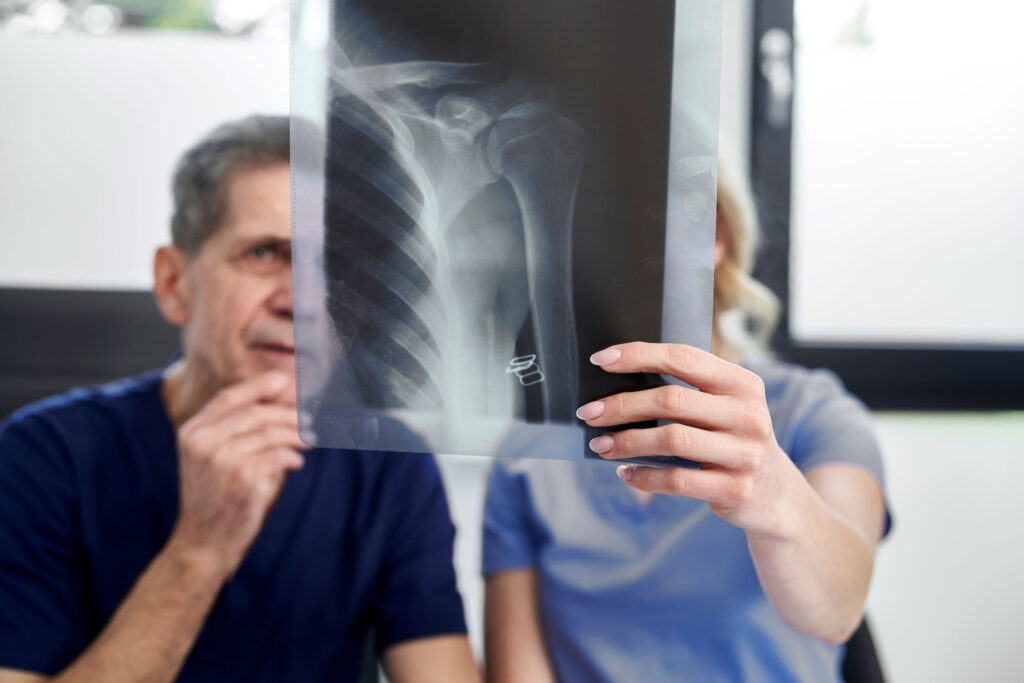
Shoulder Procedures
After our more conservative options have run their course, our experienced team of orthopedic surgeons will help you decide the next steps to restore your condition. Some of our surgical options include:
Minimally Invasive Soft Tissue Surgery
Rotator Cuff Surgery
Shoulder Replacement
Reverse Total Shoulder Replacements

Resources
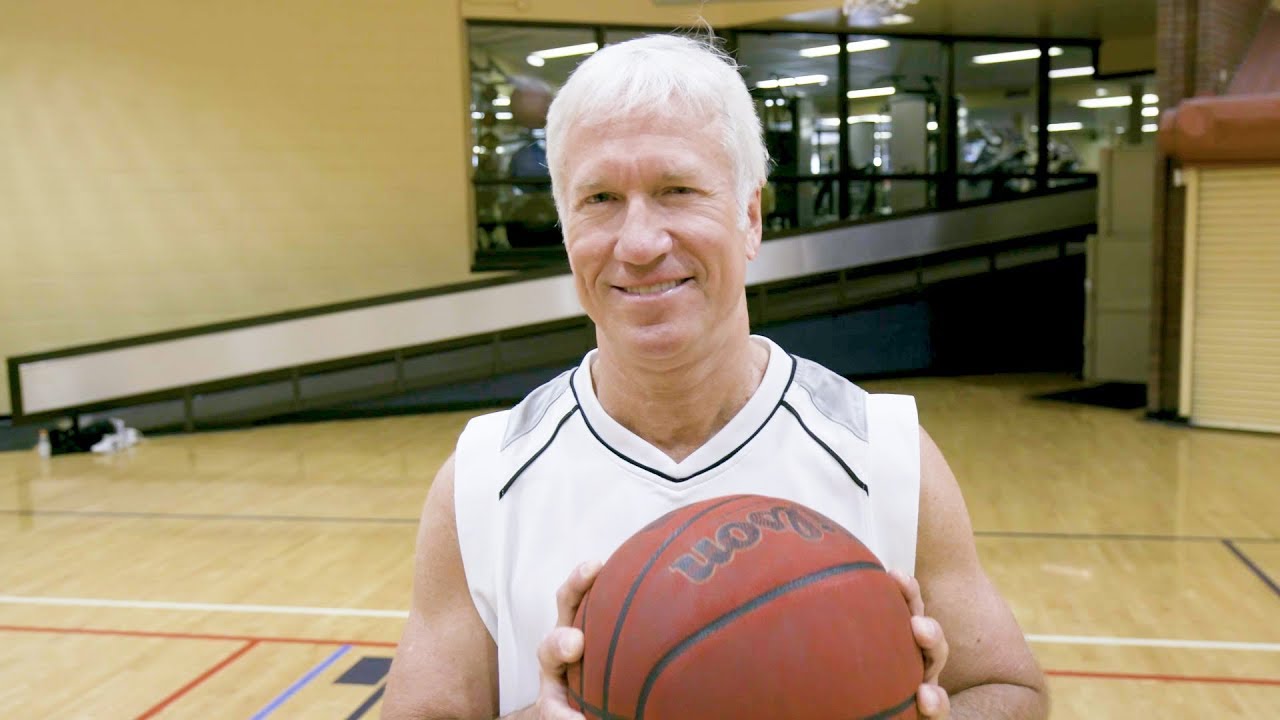
VIDEO
Cameron’s Story – Trusting Panorama to Keep Him in the Game
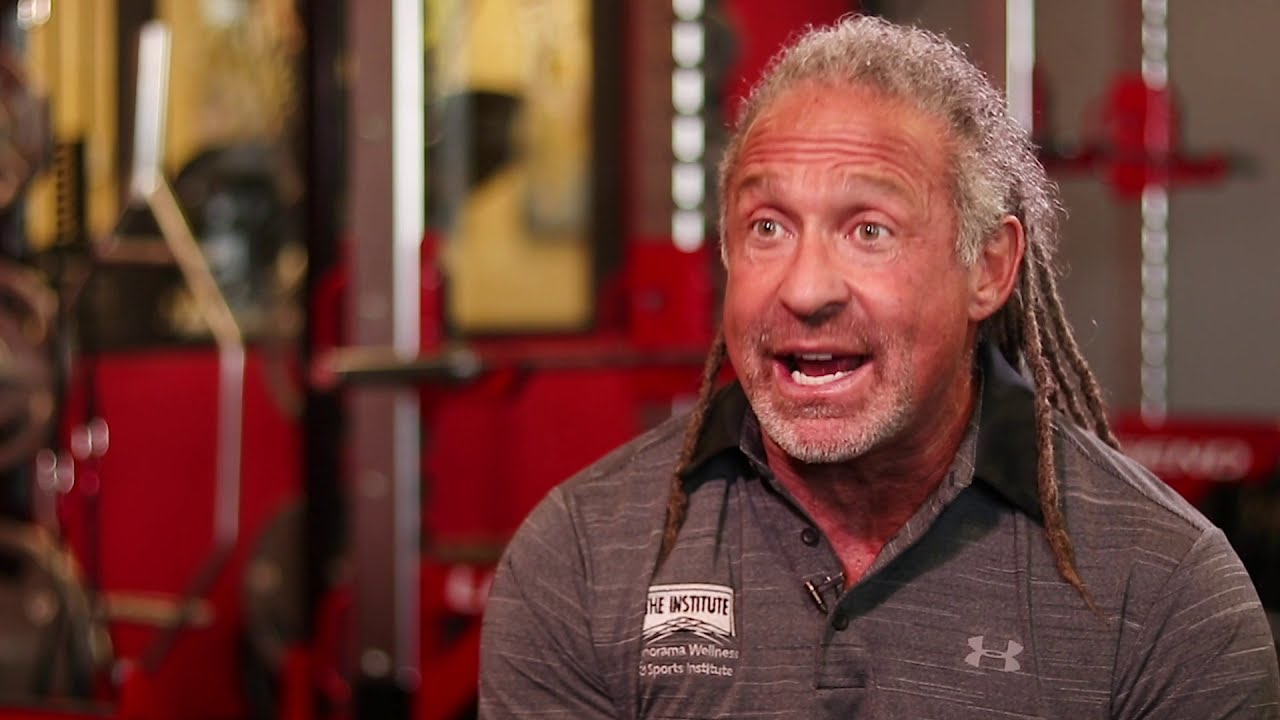
VIDEO
Steve Hess Tells His Story of Recovering from Shoulder Surgery
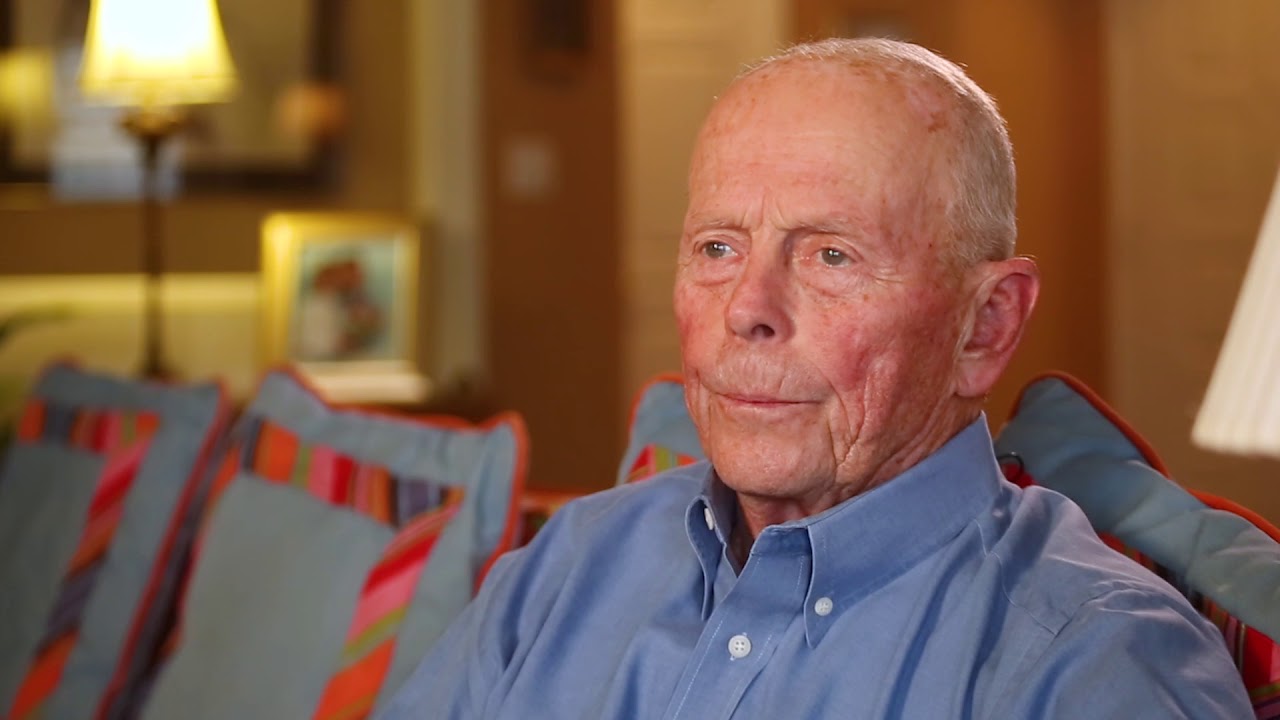
VIDEO
Ken’s Story of a Reverse Total Shoulder Replacement with Dr. Schneider

VIDEO
How to Wear Your Sling After Rotator Cuff Surgery
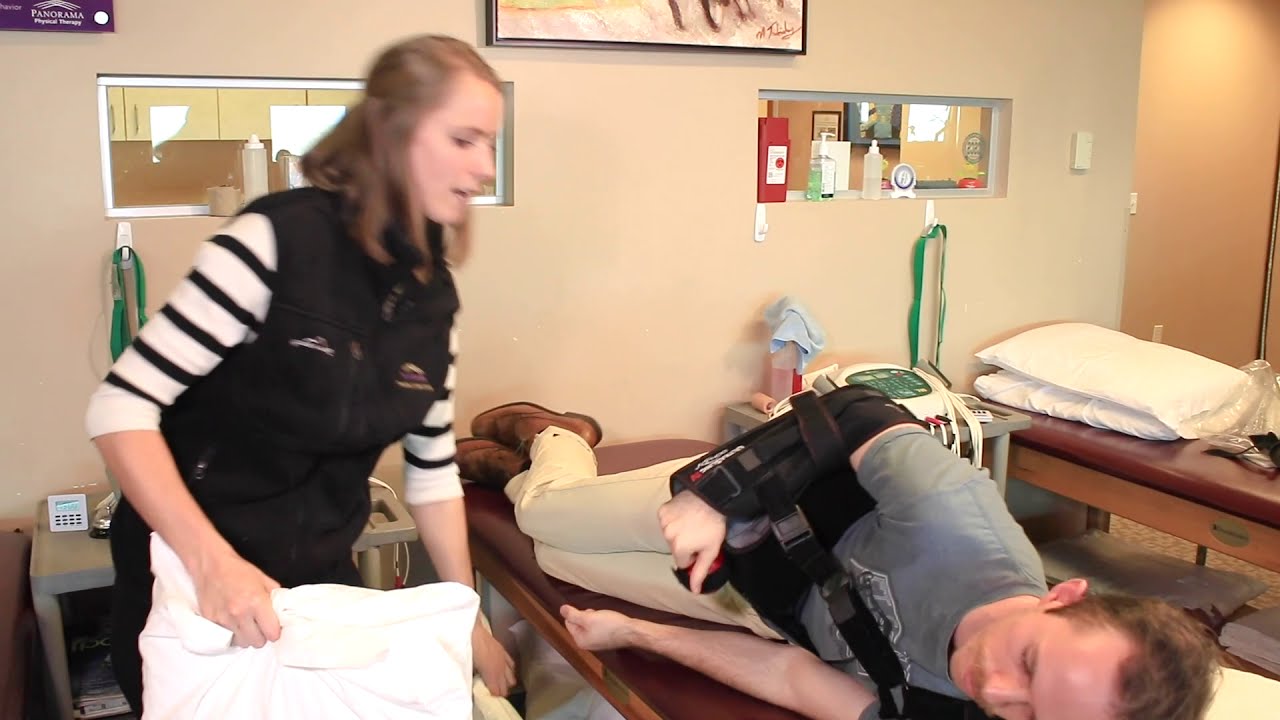
VIDEO
Sleeping With A Sling After Rotator Cuff Surgery
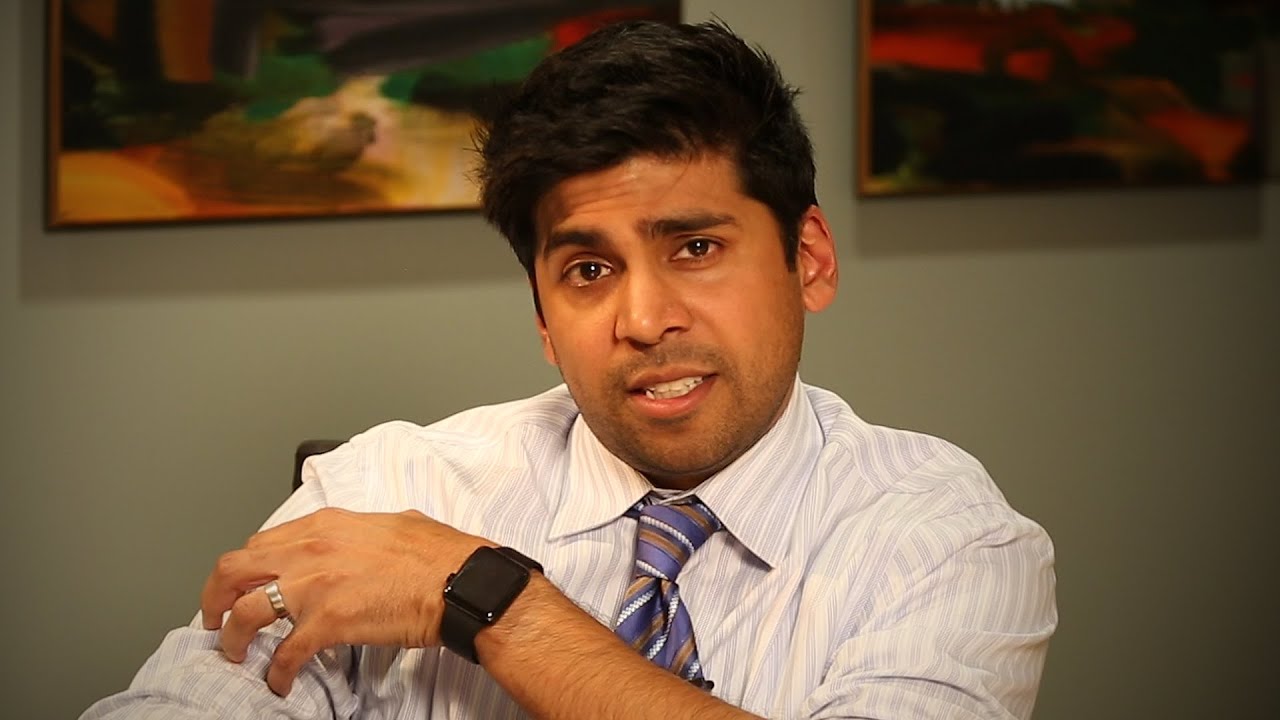
VIDEO
Dr. Lodha Talks About Biceps Tendon Rupture
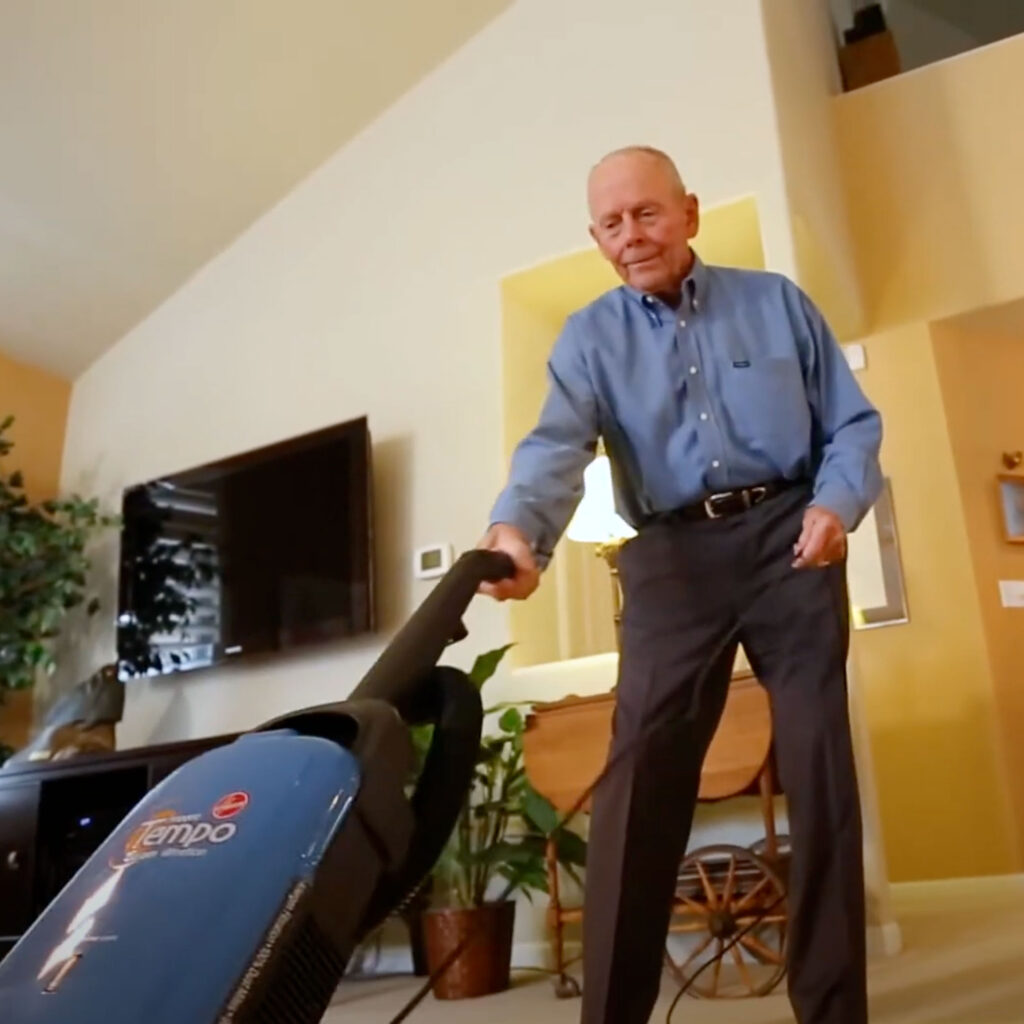
Patient Stories
Ken’s Story
Ken, a retired radiologist, was suffering with an impingement syndrome and needed a total shoulder replacement. After proceeding with Dr. David Schneider, Ken found relief and is back to living his full life again.
